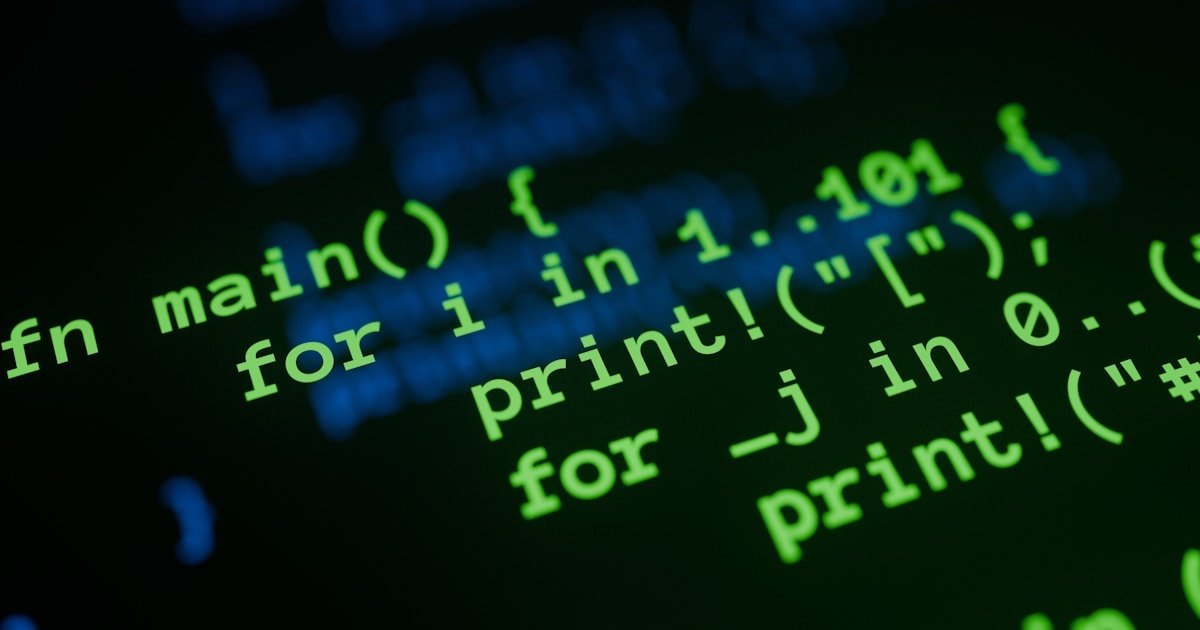
18 Sep How to Ensure Cybersecurity in a Virtual Office
Key Summary Points
Multi-Factor Authentication (MFA): Adding layers of security with MFA reduces unauthorized access by requiring multiple verification steps beyond just passwords.
Securing Virtual Private Networks (VPNs): VPNs encrypt data transmissions, protecting sensitive information from interception, especially when employees use unsecured networks.
Regular Cybersecurity Training: Training employees to recognize phishing attacks and practice safe browsing and password hygiene is crucial to reducing human error as a cybersecurity vulnerability.
Endpoint Security: Securing individual devices with antivirus software, remote wiping capabilities, and continuous monitoring protects against unauthorized access and data breaches.
Data Encryption and Cloud Security: Encrypting data in transit and at rest, coupled with secure cloud services and role-based access control, safeguards sensitive information.
Backups and Disaster Recovery: Regular data backups and tested recovery plans ensure that organizations can quickly recover from cyber incidents like ransomware attacks.
By implementing these strategies, organizations can secure their virtual offices and protect against evolving cyber threats.
Introduction
With the rapid expansion of remote work, ensuring cybersecurity in virtual offices has become a top priority for organizations globally. As more employees access company data from remote locations, vulnerabilities in networks, systems, and individual devices have increased. Cybersecurity threats such as phishing attacks, ransomware, and data breaches are rampant in virtual environments. This paper explores strategies to ensure robust cybersecurity in virtual offices, drawing on research from credible sources such as the American Psychological Association and McKinsey & Company.
Implementing Multi-Factor Authentication (MFA)
Multi-Factor Authentication (MFA) is a critical defense mechanism that requires users to provide multiple forms of verification before gaining access to secure systems. A report by Harvard Business Review (2023) highlights that MFA can significantly reduce the risk of unauthorized access by adding layers of security beyond just passwords, which are often easily compromised. By implementing MFA, organizations can protect their sensitive data even if an employee’s login credentials are compromised. Common methods of MFA include combining something the user knows (password) with something they have (smartphone) or something they are (fingerprint) (Harvard Business Review, 2023).
Securing Virtual Private Networks (VPNs)
A Virtual Private Network (VPN) ensures that data transmitted between an employee’s device and the company’s server is encrypted. This prevents hackers from intercepting sensitive information. According to Eide Bailly (2023), using a secure VPN is essential, especially when employees connect from unsecured public Wi-Fi networks. VPNs create a protected tunnel for data transfer, adding an additional layer of encryption that secures communication within the virtual office. Companies should ensure that employees use only company-approved VPN services to reduce the risk of data interception.
Regular Cybersecurity Training for Employees
Human error remains one of the biggest vulnerabilities in cybersecurity. According to McKinsey & Company (2023), phishing attacks, which often target employees through deceptive emails, remain one of the most common threats. Employees must be trained to recognize phishing attempts and suspicious activities. Training programs should cover password hygiene, recognizing phishing scams, safe browsing practices, and the importance of regular software updates. Regularly updating training materials to reflect emerging threats will help maintain a security-conscious culture in the virtual workplace (McKinsey & Company, 2023).
Endpoint Security
Endpoint security refers to securing individual devices, such as laptops, smartphones, and tablets, that access the company’s network. In a virtual office, employees use multiple devices to access sensitive information, making endpoint security crucial. A Gartner (2023) report emphasizes the importance of installing robust anti-virus and anti-malware software on all devices. Additionally, enabling remote wiping capabilities ensures that if a device is lost or stolen, company data can be erased to prevent unauthorized access. Gartner also recommends continuous monitoring of endpoints to detect any unusual activity.
Data Encryption and Cloud Security
As virtual offices increasingly rely on cloud-based storage systems, encrypting data both in transit and at rest is vital. According to ZDNet, encrypting data ensures that even if cybercriminals access the data, it is unreadable without the correct decryption keys. Organizations must also ensure that their cloud service providers comply with high security standards, such as SOC 2 and ISO 27001 certifications. Implementing role-based access control (RBAC) for cloud systems can limit access to sensitive data, ensuring that only authorized personnel can view or modify specific information.
Backups and Disaster Recovery Plans
No cybersecurity plan is complete without a robust backup and disaster recovery strategy. According to Harvard Business Review (2023), regular backups of critical data ensure that in the event of a ransomware attack or other cyber incident, the organization can restore its data and minimize downtime. Companies should implement automated backups and test recovery systems regularly to ensure they work effectively. Moreover, disaster recovery plans should include detailed protocols for responding to various cybersecurity incidents, ensuring that employees know how to react quickly to minimize damage.
Conclusion
Ensuring cybersecurity in a virtual office environment requires a multi-faceted approach, combining technological solutions like MFA, VPNs, and encryption with a culture of continuous training and awareness among employees. As cyber threats evolve, so must the strategies to defend against them. Organizations that prioritize cybersecurity will not only protect their data but also build trust with their employees, customers, and stakeholders.
Call to Action: How SUTE Can Help
At SUTE, we understand the complexities of managing cybersecurity in a virtual office. Our tailored solutions include advanced encryption protocols, secure VPNs, and comprehensive cybersecurity training programs to ensure that your organization stays protected. Our cybersecurity experts work closely with businesses to implement robust defenses and provide continuous support. Contact us today to learn how SUTE can safeguard your virtual office from evolving cyber threats.
References
- Eide Bailly. (2023). “Hybrid Work, Cloud Applications, and Cybersecurity Trends in 2023.”
- Gartner. (2023). “2023 Hype Cycle for Endpoint Security“.
- Harvard Business Review. (2023). “Cybersecurity in a Virtual World: Best Practices”.
- McKinsey & Company. (2023). “The Growing Threat of Phishing and Cyber Attacks in Remote Work”.


